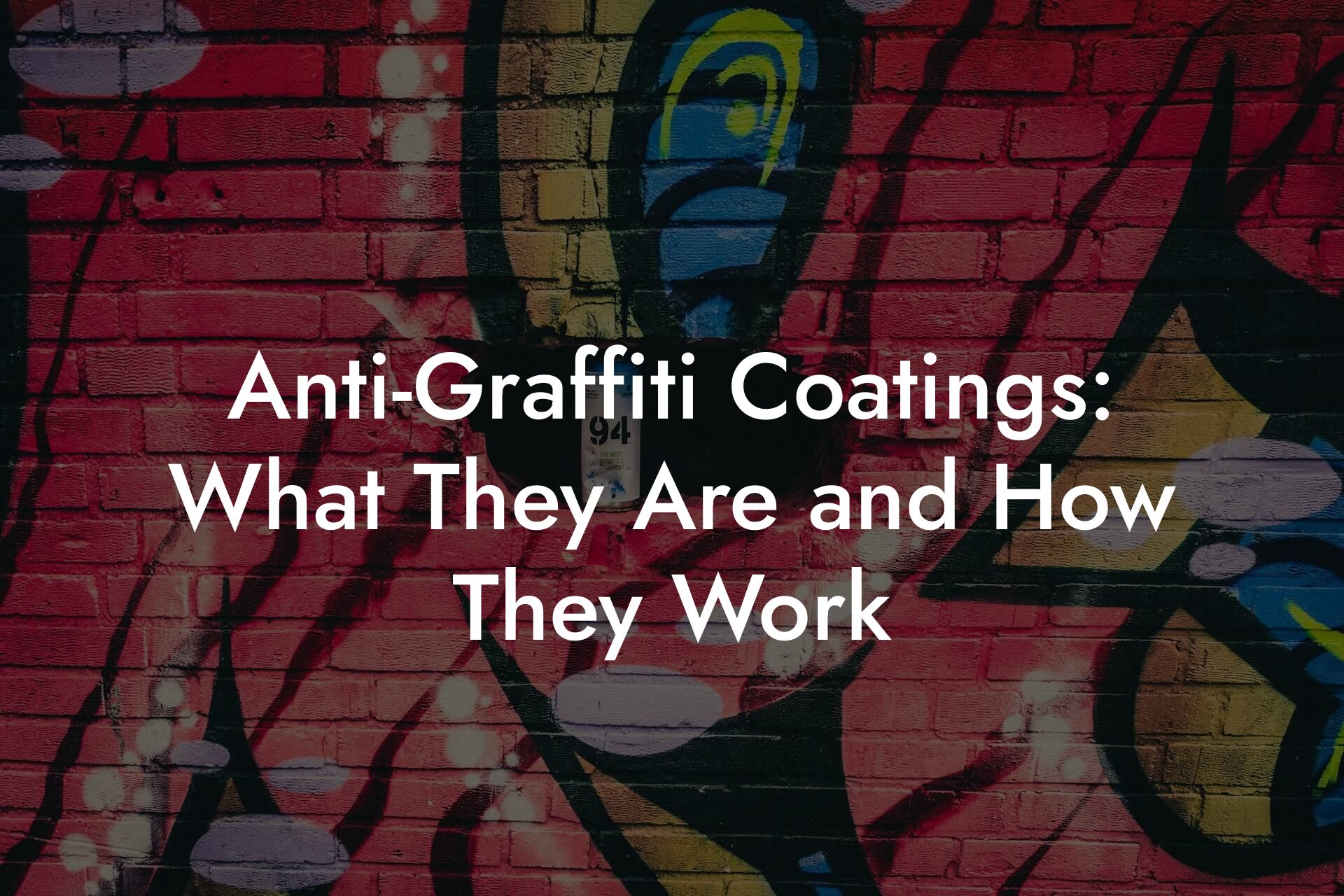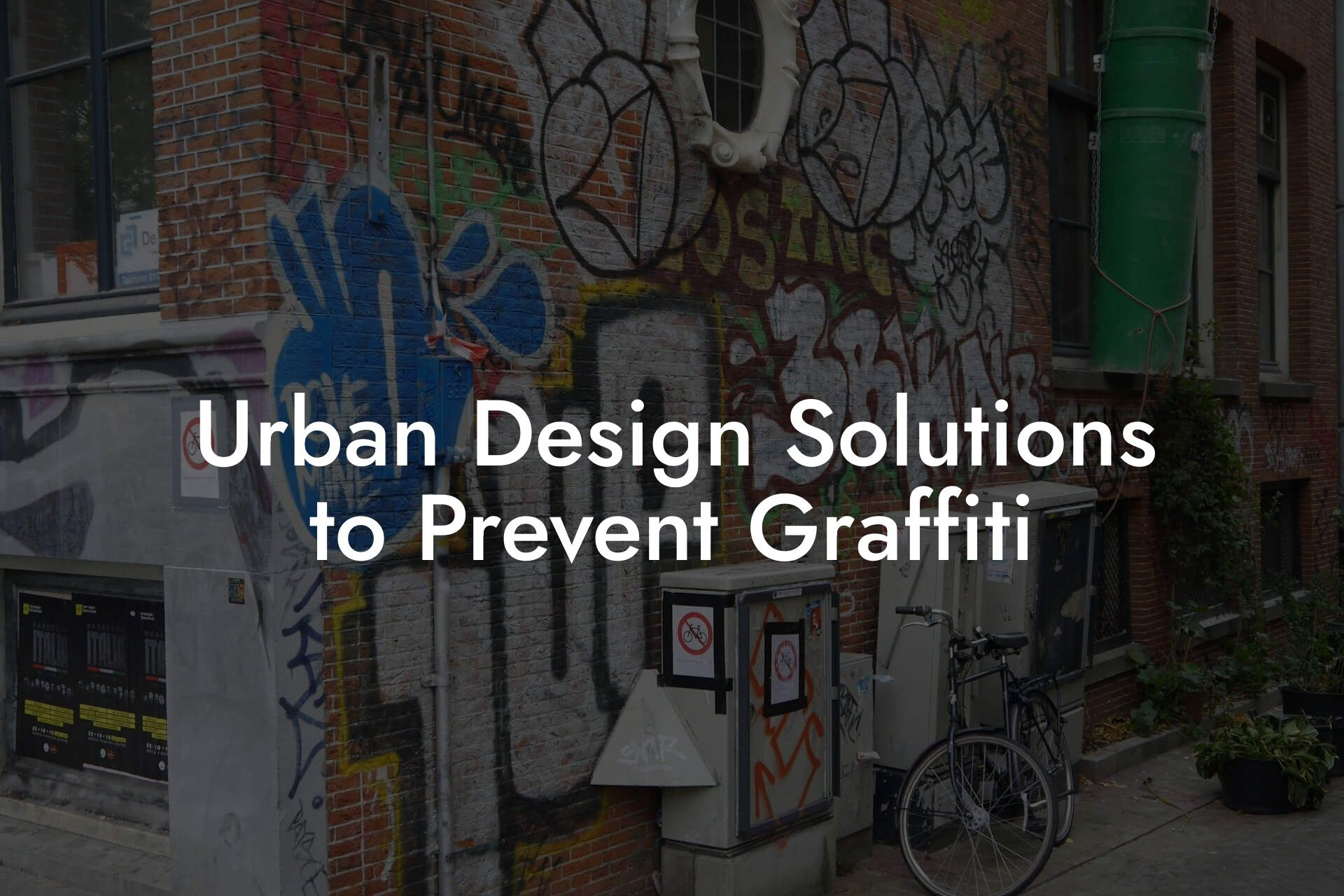Graffiti can have a significant impact on communities, affecting not only the aesthetic appeal of an area but also the sense of safety and well-being of its residents. It can also lead to a decrease in property values, increased fear of crime, and a sense of disorder. Moreover, graffiti can be a sign of underlying social issues, such as poverty, lack of opportunities, and disengagement among young people. Therefore, it is essential to address graffiti through community programs that focus on prevention, education, and community engagement.
Table of Contents
- The Importance of Community Involvement in Graffiti Prevention
- Types of Community Programs to Prevent Graffiti
- Effective Strategies for Implementing Community Programs
- The Role of Local Government in Graffiti Prevention
- The Benefits of Community Programs to Prevent Graffiti
- Challenges and Limitations of Community Programs
- Frequently Asked Questions
The Importance of Community Involvement in Graffiti Prevention
Community involvement is crucial in preventing graffiti. When local residents, businesses, and organizations work together, they can create a united front against graffiti and promote a sense of ownership and responsibility for their community. This can be achieved through community-based initiatives, such as clean-up events, mural projects, and educational programs. By empowering communities to take action, we can create a sense of pride and accountability, which can help to reduce graffiti and improve the overall quality of life.
Types of Community Programs to Prevent Graffiti
There are several types of community programs that can be implemented to prevent graffiti. These include:
- Youth programs: These programs focus on engaging young people in positive activities, such as art classes, sports, and mentorship programs. By providing alternative outlets for creativity and energy, we can reduce the likelihood of graffiti vandalism.
- Community clean-up events: Organizing community clean-up events can help to remove existing graffiti and promote a sense of community ownership. These events can also provide an opportunity for residents to come together and take pride in their community.
- Mural projects: Creating murals in public spaces can provide a legal and positive outlet for artistic expression. These projects can also help to beautify an area and promote a sense of community pride.
- Education and awareness programs: Educating residents, businesses, and visitors about the impact of graffiti and the importance of reporting incidents can help to prevent graffiti. These programs can also promote a sense of responsibility and accountability.
Effective Strategies for Implementing Community Programs
Implementing community programs to prevent graffiti requires careful planning, collaboration, and coordination. Some effective strategies include:
- Building partnerships: Collaborating with local organizations, businesses, and government agencies can help to leverage resources, expertise, and funding.
- Conducting needs assessments: Identifying the specific needs and concerns of a community can help to tailor programs to address local issues.
- Engaging local residents: Involving local residents in the planning and implementation of programs can help to ensure that they are effective and sustainable.
- Providing resources and support: Providing resources, such as funding, equipment, and expertise, can help to support community programs and ensure their success.
The Role of Local Government in Graffiti Prevention
Local government plays a critical role in preventing graffiti. By providing resources, support, and legislation, local government can help to create an environment that is conducive to community programs. Some ways that local government can support graffiti prevention include:
- Providing funding for community programs: Allocating funds for community programs can help to support initiatives that focus on prevention, education, and community engagement.
- Implementing anti-graffiti legislation: Enacting laws and regulations that prohibit graffiti and provide penalties for offenders can help to deter graffiti vandalism.
- Providing resources and expertise: Offering resources, such as equipment and expertise, can help to support community programs and ensure their success.
The Benefits of Community Programs to Prevent Graffiti
Community programs to prevent graffiti can have numerous benefits, including:
- Reduced graffiti: By addressing the underlying causes of graffiti and promoting a sense of community ownership, we can reduce the incidence of graffiti vandalism.
- Improved community engagement: Community programs can help to promote community engagement, social cohesion, and a sense of belonging.
- Increased safety: By reducing graffiti and promoting a sense of safety, we can improve the overall quality of life for residents and visitors.
- Economic benefits: By reducing the economic costs associated with graffiti removal and promoting a positive image of an area, we can attract businesses, investment, and tourism.
Challenges and Limitations of Community Programs
While community programs to prevent graffiti can be highly effective, they can also face challenges and limitations. Some of these include:
- Limited resources: Community programs may struggle to access funding, equipment, and expertise, which can limit their effectiveness.
- Lack of community engagement: If community residents are not engaged or invested in programs, they may not be effective in preventing graffiti.
- Conflicting priorities: Community programs may compete with other priorities, such as crime prevention or economic development, for resources and attention.
- Measuring success: It can be challenging to measure the success of community programs, which can make it difficult to evaluate their effectiveness.
Community programs to prevent graffiti are a critical component of any comprehensive approach to addressing this issue. By empowering communities to take action, we can promote a sense of ownership and responsibility, reduce graffiti, and improve the overall quality of life. At Graffiti Removal London, we are committed to supporting community programs and providing expertise and resources to help prevent graffiti. By working together, we can create safer, more vibrant, and more prosperous communities for all.
Frequently Asked Questions
What is the purpose of community programs to prevent graffiti?
Community programs to prevent graffiti aim to engage local communities in efforts to prevent and mitigate graffiti vandalism. These programs often involve education, outreach, and community-based initiatives to discourage graffiti and promote respect for public and private property.
Why are community programs important in preventing graffiti?
Community programs are essential in preventing graffiti as they address the root causes of the problem, such as lack of community engagement, boredom, and social disconnection. By involving local communities in graffiti prevention efforts, these programs can help to build trust, promote social responsibility, and foster a sense of community pride.
What types of community programs can help prevent graffiti?
Various types of community programs can help prevent graffiti, including youth programs, community clean-up events, public art initiatives, and education and awareness campaigns. These programs can be implemented by local government agencies, community organizations, schools, and businesses like Graffiti Removal London.
How can community programs engage young people in graffiti prevention?
Community programs can engage young people in graffiti prevention by providing alternative forms of expression, such as legal graffiti walls, street art programs, and youth-led community projects. These initiatives can help to channel young people's energy and creativity into positive and constructive activities.
What role can local businesses play in community programs to prevent graffiti?
Local businesses like Graffiti Removal London can play a vital role in community programs to prevent graffiti by providing resources, expertise, and funding. Businesses can also participate in community clean-up events, sponsor public art initiatives, and provide job training and employment opportunities for young people.
How can community programs address the root causes of graffiti?
Community programs can address the root causes of graffiti by providing opportunities for social connection, education, and personal development. These programs can also address underlying issues such as poverty, lack of opportunities, and social isolation, which can contribute to graffiti vandalism.
What are the benefits of community programs in preventing graffiti?
The benefits of community programs in preventing graffiti include reduced graffiti vandalism, improved community morale, increased social cohesion, and enhanced community pride. These programs can also provide opportunities for community engagement, social connection, and personal development.
How can community programs measure their success in preventing graffiti?
Community programs can measure their success in preventing graffiti by tracking reductions in graffiti incidents, monitoring community engagement and participation, and evaluating the impact of their programs on community morale and social cohesion.
What are some examples of successful community programs to prevent graffiti?
Examples of successful community programs to prevent graffiti include the "Adopt a Wall" program in New York City, the "Graffiti-Free NYC" program, and the "Street Art Program" in Melbourne, Australia. These programs have demonstrated significant reductions in graffiti vandalism and improved community engagement and morale.
How can community programs involve local government agencies in graffiti prevention?
Community programs can involve local government agencies in graffiti prevention by partnering with them to provide resources, expertise, and funding. Government agencies can also provide legislative support, enforcement, and policy guidance to support community programs.
What is the role of education in community programs to prevent graffiti?
Education plays a critical role in community programs to prevent graffiti by raising awareness about the impacts of graffiti, promoting respect for public and private property, and providing alternative forms of expression and creativity.
How can community programs promote community pride and ownership?
Community programs can promote community pride and ownership by involving local residents in decision-making processes, providing opportunities for community engagement and participation, and recognizing and celebrating community achievements and successes.
What are some common challenges faced by community programs to prevent graffiti?
Common challenges faced by community programs to prevent graffiti include lack of funding, limited resources, and community apathy. These programs may also face challenges in engaging hard-to-reach groups, such as young people and marginalized communities.
How can community programs address these challenges?
Community programs can address these challenges by seeking funding and resources from government agencies, businesses, and philanthropic organizations. They can also develop innovative strategies to engage hard-to-reach groups and build partnerships with local organizations and stakeholders.
What is the role of technology in community programs to prevent graffiti?
Technology can play a significant role in community programs to prevent graffiti by providing tools for reporting graffiti incidents, monitoring and tracking graffiti, and promoting community engagement and participation.
How can community programs use social media to prevent graffiti?
Community programs can use social media to prevent graffiti by promoting their programs and initiatives, engaging with local communities, and raising awareness about the impacts of graffiti. Social media can also be used to report graffiti incidents and track community responses.
What are some best practices for implementing community programs to prevent graffiti?
Best practices for implementing community programs to prevent graffiti include building partnerships with local stakeholders, engaging with hard-to-reach groups, providing alternative forms of expression, and evaluating program effectiveness and impact.
How can community programs ensure their sustainability and long-term impact?
Community programs can ensure their sustainability and long-term impact by building strong partnerships, securing funding and resources, and developing strategies for program evaluation and improvement.
What is the role of community leaders in preventing graffiti?
Community leaders can play a critical role in preventing graffiti by promoting community programs, engaging with local residents, and providing leadership and guidance to community initiatives.
How can community programs address graffiti vandalism in high-risk areas?
Community programs can address graffiti vandalism in high-risk areas by providing targeted interventions, such as increased community engagement, improved lighting and surveillance, and enhanced enforcement and prosecution.
What are some innovative approaches to community programs to prevent graffiti?
Innovative approaches to community programs to prevent graffiti include the use of virtual reality technology, community-based restorative justice programs, and the development of graffiti-themed video games and apps.
How can community programs evaluate their effectiveness in preventing graffiti?
Community programs can evaluate their effectiveness in preventing graffiti by tracking reductions in graffiti incidents, monitoring community engagement and participation, and conducting surveys and focus groups to assess community attitudes and perceptions.
Toby Doherty
Toby Doherty is a seasoned graffiti removal expert with over 20 years of experience in the industry. Throughout his career, Toby has helped countless businesses and property owners in London maintain clean, graffiti-free spaces. His extensive knowledge of graffiti removal techniques, from eco-friendly solutions to advanced technologies like laser cleaning, makes him a trusted authority in the field. Passionate about restoring urban environments, Toby combines his hands-on expertise with a commitment to staying up-to-date on the latest industry trends and innovations. When he’s not out in the field, Toby shares his insights through detailed articles, offering practical advice on everything from graffiti prevention to legal considerations.



